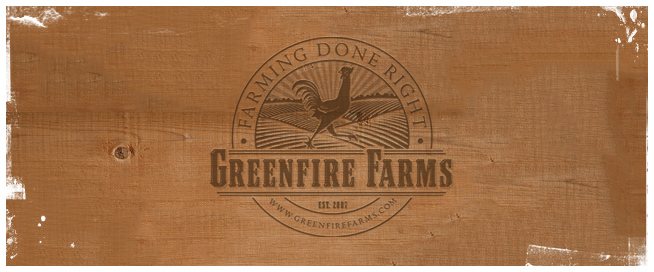WHAT SUPPLIES DO I NEED TO HAVE READY BEFORE MY CHICKS ARRIVE?
Basic supplies include: a brooder, proper bedding for your brooder (do not use newspaper, magazines, or cedar shavings), heater, thermometer, waterer, feeder, medicated chick feed, and electrolytes or apple cider vinegar (in case your chicks arrive lethargic or stressed). Some great options for bedding are paper towels or pine shavings, that is if you don't have a wire-bottomed brooder.
WHAT DO I DO WHEN MY CHICKS ARRIVE?
Pick up: Have a flexible schedule on your shipping week so you can pick your chicks up as soon as the Post Office calls you. Do not use the estimated arrival date/time as a scheduled pick up time. This is not a guaranteed delivery time for live animals! Do not allow chicks to sit at the post office. It is your responsibility to pick them up in a timely manner. Count the chicks in your box and take a photo if you have any losses. It is not necessary to file a report with the Post Office. Notify us of any losses within 72-hours by replying to your confirmation email and don’t forget to include the photos of dead chicks.
Arrival home: Have your brooder set up and the warm zone brought to a steady temperature of 95-99°F the day before your chicks arrive. As soon as you arrive home, dip each chick’s beak into warm (90-95°F) water as you put them into the brooder. This is very important! It will rehydrate them, and it will help warm them up. The chicks will not survive if they do not get water. You may add apple cider vinegar or electrolytes to the water if chicks appear lethargic or stressed. Do not prolong the use of the electrolytes as it may cause dehydration.
After hydration: Your chicks will likely take a long nap while warming up in the heat. Please remember that they have just traveled and are very tired. Allow them to rest and warm up if needed. Do not handle the chicks more than necessary for the first few days. Most chicks will start eating crumble on the own, but you may want to sprinkle some crumble on paper towel to encourage them. You can also feed your chicks egg yolk to give them an extra boost. We recommend boiling the egg first then crumbling the yolk. Do not leave any uneaten egg in the brooder, it will spoil.
WHAT FEED SHOULD I GET FOR MY CHICKS?
We recommend a high-quality medicated chick crumble. Follow the feeding guidelines on the product label. We do not offer a vaccination for coccidiosis, so it is strongly recommended that you start your chicks on a medicated feed.
WHY DO MY CHICKS HAVE A LEG BAND?
If your order was filled with chicks that are from breeds that look very similar to one another as chicks, then we will band one or multiple breeds so that you can identify them. The bands the chicks arrive with will need to be changed in 1 to 2 weeks. If you want to keep them banded, please replace their bands in 1 to 2 weeks with a medium-sized leg band. The band will need to be changed several times over the next month or so, increasing the size of the band with each change. Please do not leave the original band on the chick for more than 1 to 2 weeks as this will result in injury to your chick. The band can be removed by simply pinching the band with your index finger and your thumb while holding the chick with your other hand and gently pulling the band off. It really is that simple!
CAN YOU IDENTIFY MY CHICKS? WHY ARE MY CHICKS DYING?
If you need help identifying chicks that were included with your order, please send your photos in a reply to your confirmation email and we’ll be happy to help you out.
While it is not possible for us to know for certain, here are a few things to check:
Temperature: Check that the temperature is not too hot/cold and is it being adjusted appropriately for their age. The warm area should be 95-99°F for the first day or two after arrival, 95°F for the first week and then lowered 5°F each week following until heat is no longer required. Do not heat the entire brooder, they need to have an area to get away from the heat. Comfortable chicks will move in and out of the warm zone to regulate their temperature. If you are using a bulb heater, it should be ceramic or red to not disrupt their natural sleep pattern.
Feed: Are they on high quality medicated feed? A well-balanced starter feed is important for growing chicks to develop their immune system. We do not vaccinate for coccidiosis, so we strongly recommend using a medicated feed. Be sure the feeder is kept clean and dry.
Water: Their waterer needs to be kept clean and full of fresh water. You may want to consider adding electrolytes or apple cider vinegar on arrival.
Brooder: Make sure the chick’s living conditions are kept clean and dry. A dirty, wet, warm environment is prime living conditions for coccidia. Be sure that the brooder is well ventilated and free from draft.

 Cart:
Cart: 

